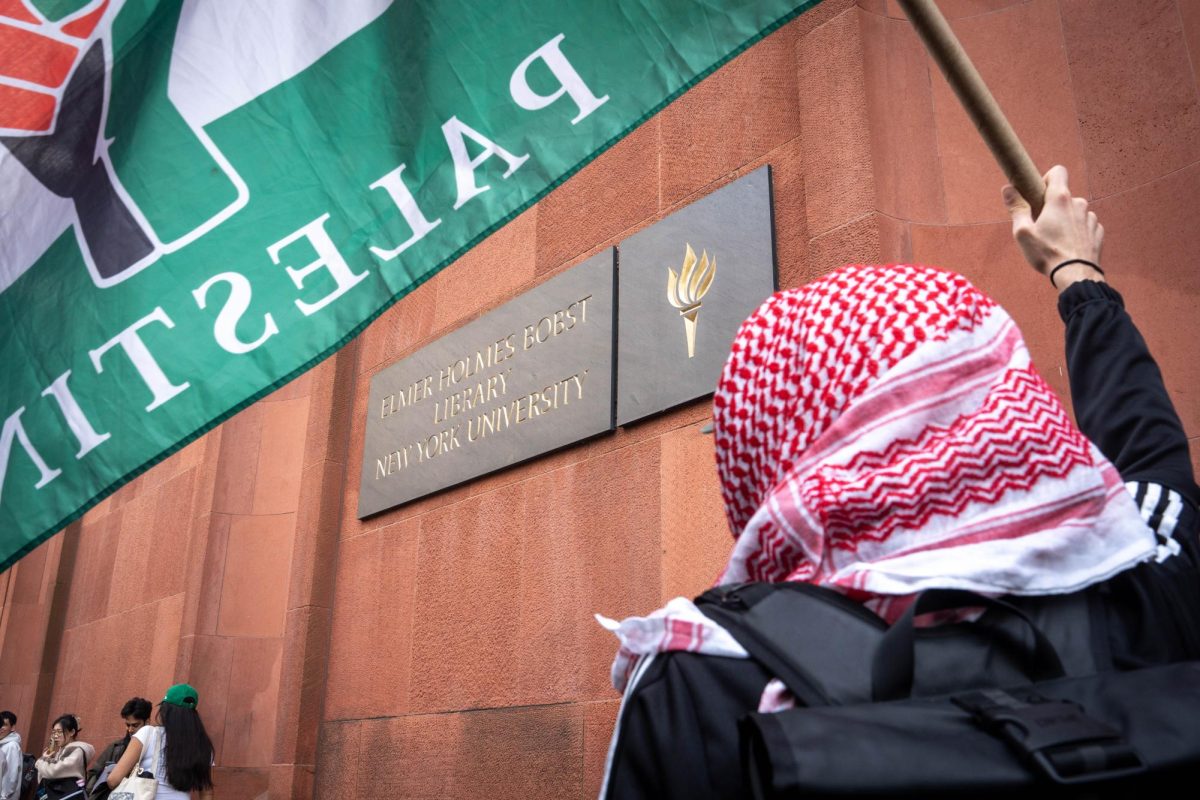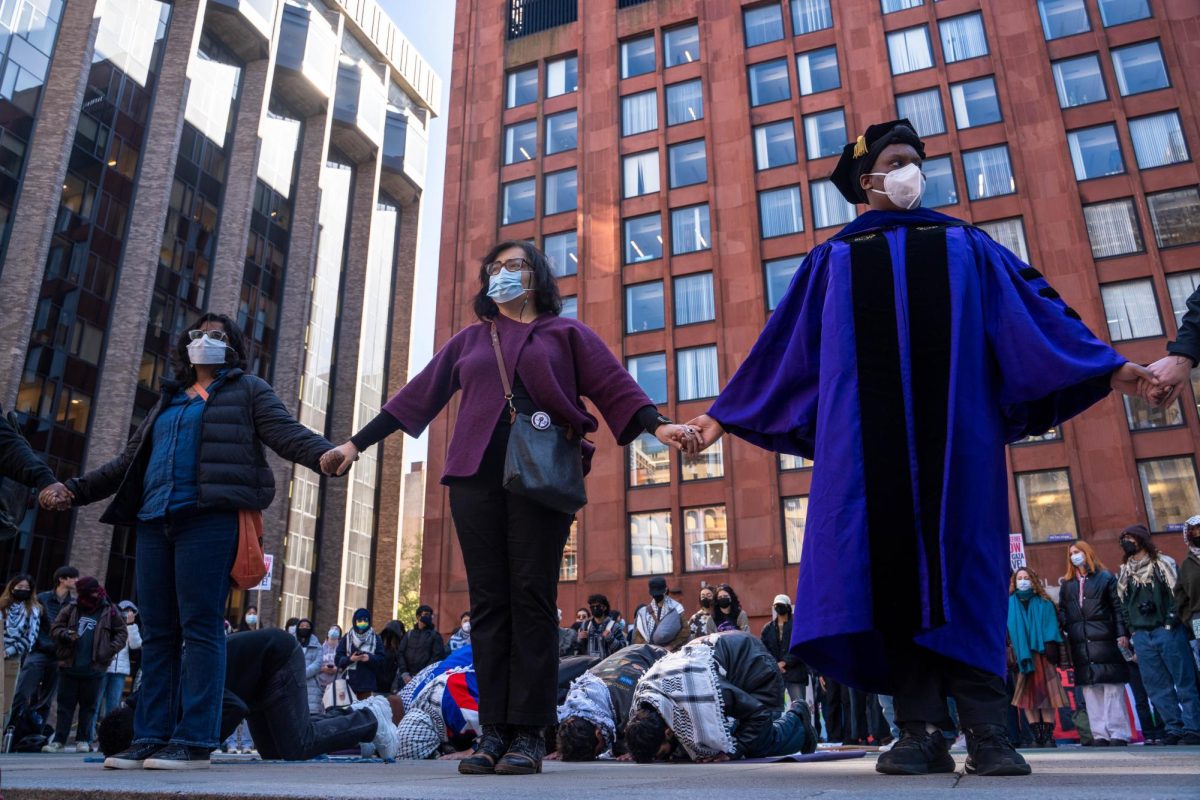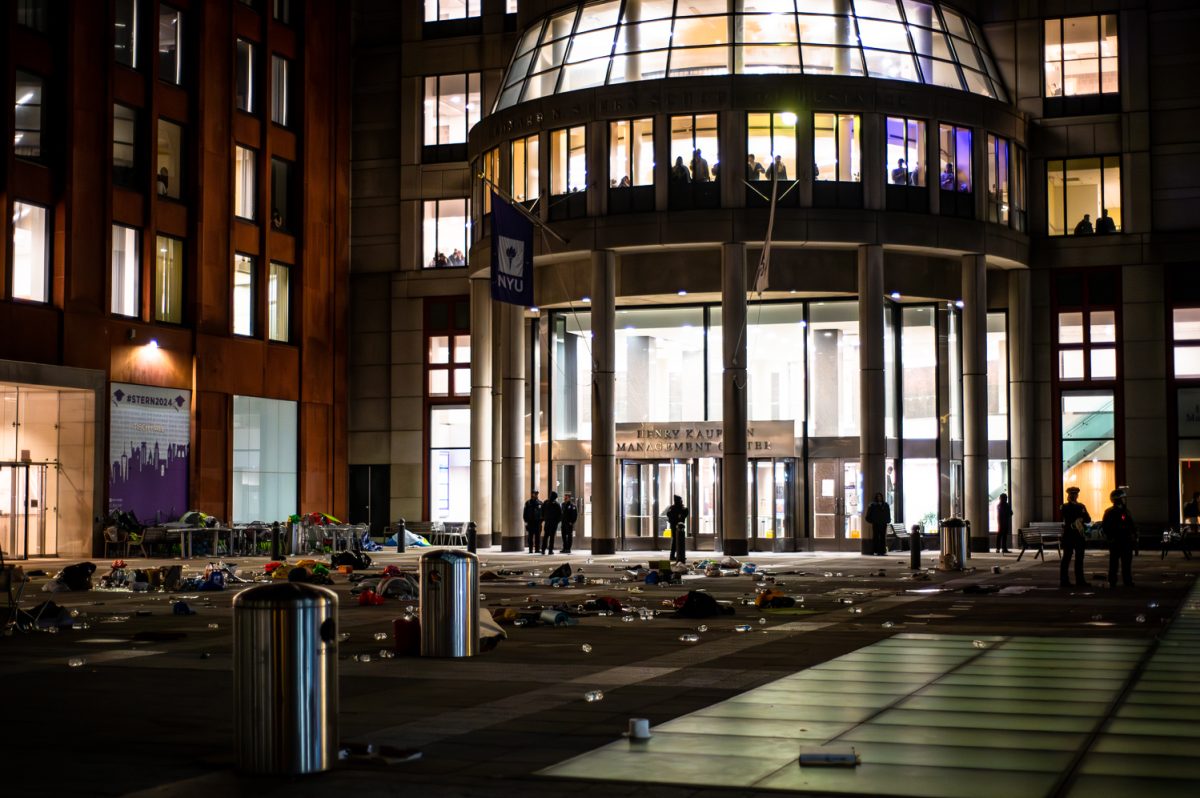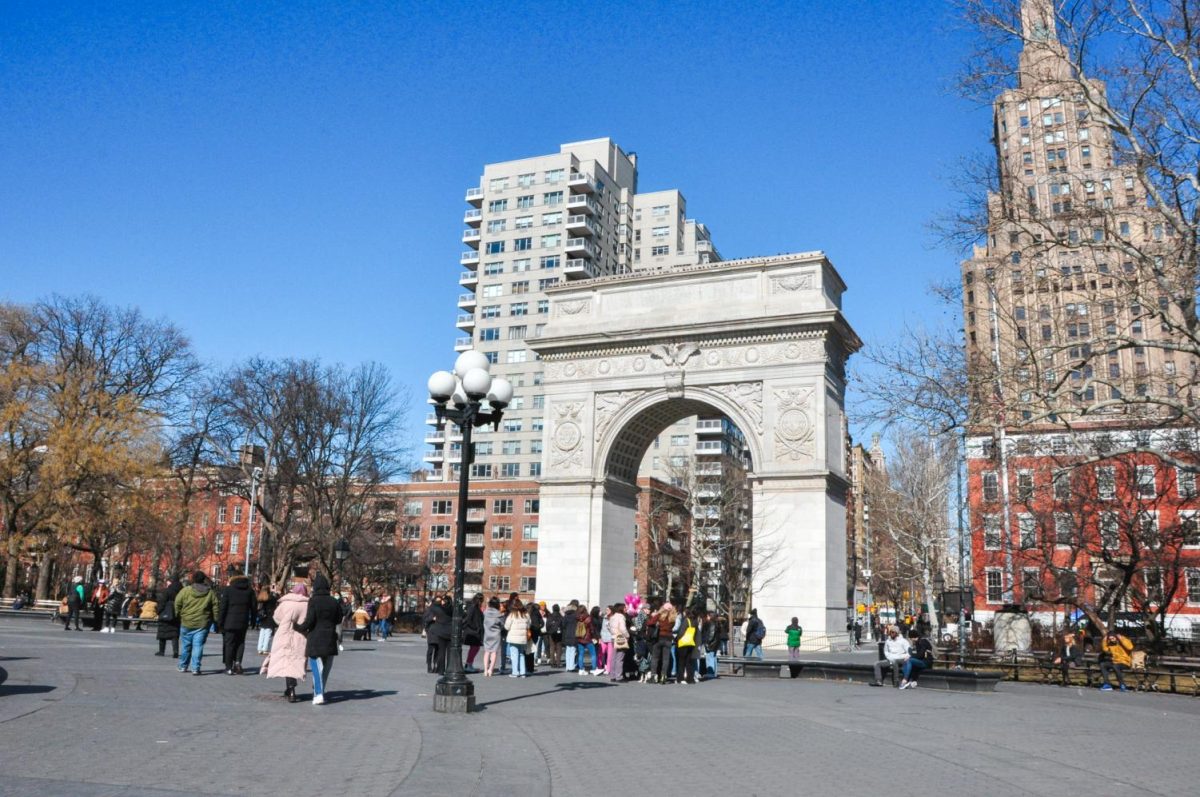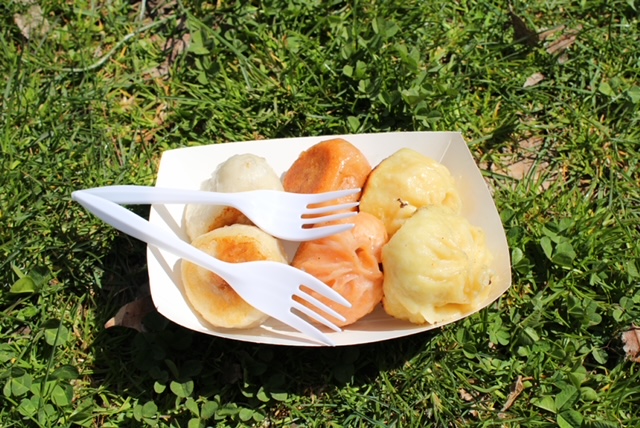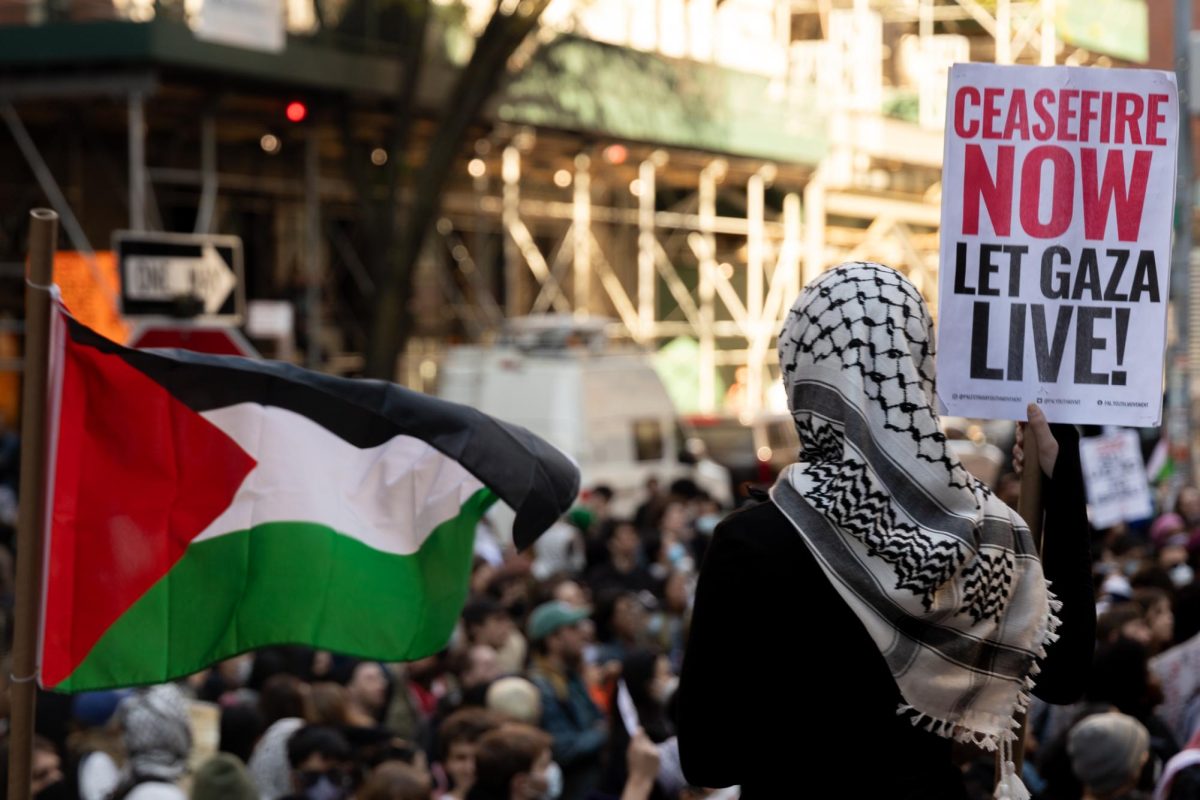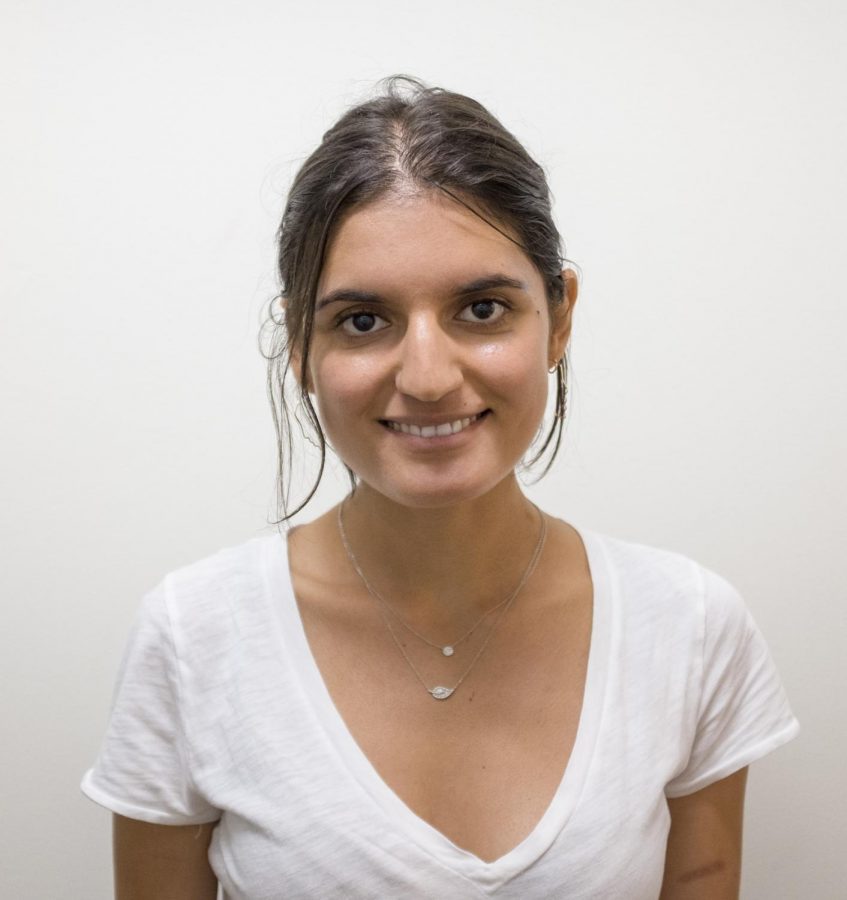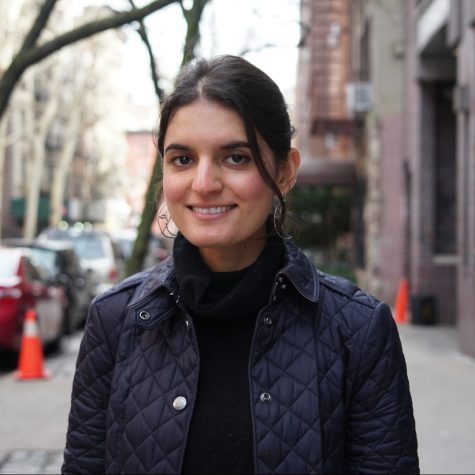This last weekend, I flew back from Tokyo, where I had spent my spring break during the inaugural blossoming of Japan’s world-renowned “Sakura,” or cherry blossom trees, in practically every crevice of each sidewalk, garden and public park. In Tokyo, everyone — tourists and residents alike — seemed to be awaiting the bloom of the Sakura. It’s quite special, observing a nation come together to cherish something as abstract as the onset of spring. Springtime is, after all, something that can belong to all of us.
On Thursday when I woke up in Tokyo, which up to that point had consistently been abuzz with foot-traffic unlike any I had ever observed (and I live in New York), the city was strangely still. I soon realized that most businesses and schools were on holiday for the Vernal Equinox, or the first day of spring, on March 21. While the tranquility was transient, I could sense within its undisturbed serenity a true homage to and respect for both spring and nature. At the change of the seasons, Japan holds festivals and holidays during which it honors the power of nature and eulogizes ancestors, as families spend time at the burial sites of loved ones or visit shrines to pay tribute to both the past and the future. As the child of Iranian-American and Kurdish-American parents, my family and I have celebrated spring through the holiday of Nowruz, or Persian New Year, with the same intent and annual joyous spirit of Christmas, Thanksgiving or New Year’s Eve. And so seeing a national recognition and embrace of the start to spring was, suffice it to say, extremely cool.
Nowruz might just be one of my favorite periods of the year. Nowruz, which expands upon the Ancient Zoroastrian tradition of vernal commemoration, translates directly to “new day,” and the festivities are celebrated by over 300 million people across the globe. The holiday is, despite its regional congruencies, completely secular. It is rather a cultural celebration, rife with color, music, dancing and cuisine, amplified by a 13-day procession of festivities to ring in the new year. During Nowruz, families will set up a Haft-Seen (which stands for the “Seven Ss,” “seen” being the Farsi word for the letter “S”), a decorated table setting bedecked with an array of trinkets, food and symbols all representing tips for potential prosperity. Take seeb, or apple, included on the table for health, or sabzeh, which means grass, as the centerpiece of the table, positioned to indicate growth and rebirth.
On the Tuesday before each Equinox, families will set up a small pit of fire and jump over it in a ceremonial inauguration to the new year’s impending revelries. As you take the leap over the low-burning flames, you chant in Farsi what can roughly be translated to “give me your fiery redness, and take back my sickly paleness.” And at the moment of the new year itself, festivities center completely around the forces of nature. Nowruz — rather than taking place at midnight as the Gregorian New Year does — occurs at the exact moment of the Vernal Equinox on any given year, which means that parties might start at 5 a.m., 10 p.m. or mid-day. No matter where you are or what you’re doing, you stop, drop and roll at the moment that spring makes its grand foray into our year. This also means that if we are celebrating Nowruz at 5:58 p.m. Eastern Time, my grandfather in Iran is celebrating at the exact same moment at 1:58 a.m. his local time. It means that when I was in Japan this year, my father awakened us at 6:58 a.m. with the chimes of exuberant Iranian tunes on his iPhone, jolting our hotel room into holiday cheer as he live-streamed images of Nowruz festivals all across the globe.
It is a moment of complete synchronicity, of mutual celebration, of the prioritization of the loved ones around you and of the absolute magic of the annually-changing tides of nature. Nowruz revolves around a oneness with our communities and with the earth beneath our feet.
Celebrations of spring are no wunderkind, individual to any one culture — many if not most cultures possess some derivation of it, and we see the jubilant commencement of the season in the permutations of Passover, St. Patrick’s Day or Easter. But to me, spring has always seemed much more adequate for a new year than the mid-winter throes of January. Spring is about rebirth and renewal — spring is about something as simple and wholly pure as an unfettered excitement to see the first flourishing of cherry blossoms turn an entire city from the ashen gray of winter into technicolor.
On the last day of Nowruz’s 13-day extravaganzas, families fold up their embellished Haft-Seen and make a trip to the closest river or lake to place (or toss) the sabzeh (the grass) into the current, allowing it to float away towards a hopeful prosperity. At the final glimpse of the sabzeh coursing through the water, Nowruz concludes, indicating a period of reflection on what has gone by and intention for what is to come. It is about unifying one’s personal and spiritual growth, love, health, prosperity, longevity and wisdom (all symbolically represented on the Haft-Seen) with the revitalization of the Earth at the end of March each year. Yes, the new year is a holiday of happiness, but it is also a meditation — a reflection through which we not only look at ourselves but take the opportunity to look out of our windows and see nature celebrating (and blooming) with us. Spring is a concept that can remind us of both our shared joys and our humbled presence at the sheer capacity of something as vast and beautiful as the changing season.
I’m not necessarily saying we need a national holiday to induct each equinox, or that our confetti ridden Times Square-Dick Clark-New Year’s Kiss-January celebrations are not special enough. All my family and friends know I still somehow well up with tears when the ball drops and “Auld Lang Syne” starts playing at midnight. New Year’s Eve is, and always should be, a moment of unabashed cultural spirit. But Nowruz, too, represents a concept worth noting — a celebration of a distinct cultural and environmental regeneration at the start of a delightful, colorful season.
In the last few years, observing Nowruz’s permeation into the national consciousness has been a welcome development. I would always be excited to see President Barack Obama pronouncing Farsi words, wishing all celebrators a Happy Nowruz in his annual address to the Iranian-American community during his eight years in office. It even put a smile on my face when I awoke a few days ago to my New York Times Cooking newsletter, adorned with a fruitful list of Persian recipes so that you, too, can celebrate the Persian New Year if you would like to.
Because Nowruz, despite its cultural relevance to Iranians and Iranian-Americans, is not a holiday based in any kind of scriptural principle set. You do not need to adhere to a certain culture, creed or religion to embrace the oncoming of spring, and you do not need to do it with the ferocity of jumping over a fire if you do not want to (doing this in New York seems like a logistical nightmare — although I can confirm with absolute certainty that the practice is, indeed, quite fun).
But perhaps creating a cultural acknowledgement of the season, in the way that many cultures have adapted — like Japan’s Vernal Equinox Day — can serve as a breath of fresh air, a modicum of light in a world and in a time that seems so entrenched in geopolitical uncertainty. I do not want to get into our current realm of disheartening social and political debates — because that’s not what Nowruz is about. But I will say that in this atmosphere of somewhat deafening turmoil, something as simple as spring can serve an indicator of hope and a reminder that there is, indeed, a new day on the way — and that we all play a part in creating it.
Nowruz is continuing on until April 1. So enjoy it how you will, but do consider celebrating somehow (might I recommend a visit to Taste of Persia, a particularly good Iranian soup stand near Union Square?). Take part in Nowruz, or just take part in the spring, in and of itself. We should all embrace the chance to pay tribute to the hope that this new season might bring — there’s a reason they call it “spring cleaning,” after all.
Opinions expressed on the editorial pages are not necessarily those of WSN, and our publication of opinions is not an endorsement of them.
A version of this article appeared in the Monday, March 25, 2019, print edition. Email Hanna Khosravi at [email protected].

